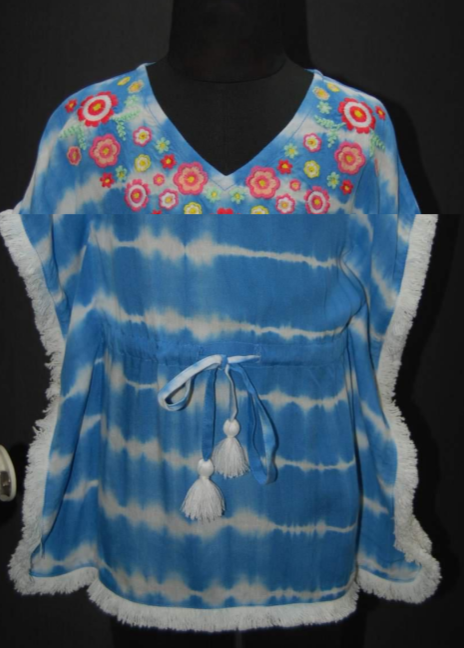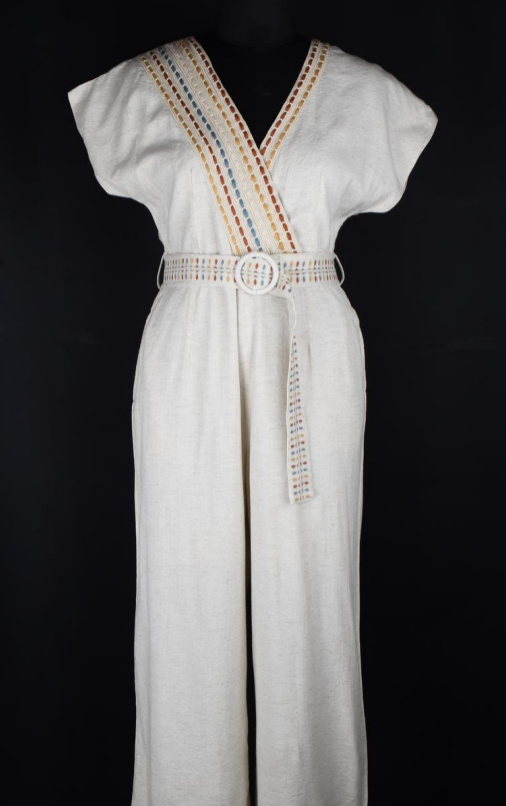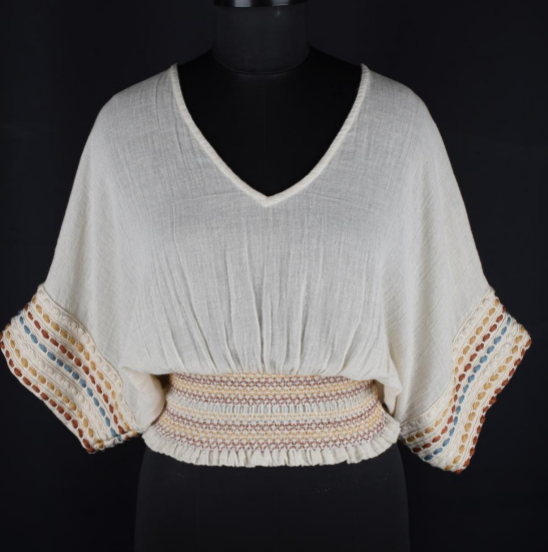What Are The Commonly Used Chemicals In Fabric Finishing Called And How Do They Affect Your Clothes?

As a clothing brand owner, have you ever thought of the long-term implications of the chemicals that are used in manufacturing the material of your textile products? Customers using your products could be at the receiving end if the chemicals used in manufacturing the textile products are somehow potentially harmful for short-term or long-term use.
Every day, a new study is cropping up on what may be harmful in food and drinks. Surprisingly, a lot of harmful chemicals can be found in fabrics and other forms of textile products. As everyone is completely surrounded by it all the time, customers are now learning to identify and choose apparel made from safe and quality material devoid of any harmful chemicals.
Therefore, as a responsible clothing brand owner, you must carefully examine the chemicals used in your garments' production process. Let's examine some of the commonly used chemicals in fabric finishing. This will help you identify potentially harmful chemicals and keep them out of the production process to ensure quality and safety.
Commonly Used Chemicals in Fabric Finishing
Phthalates
Phthalates are plasticizers mostly used in making activewear. These phthalates increase the flexibility and durability of plastics and is often used in synthetic fabrics, ink-printing designs, and plastisol-based screen printing. It helps print images onto any synthetic fabric or garment. It is also used to produce anti-odour clothing.
Some phthalates have been classified as carcinogenic, according to studies, therefore increasing the risk of cancer. Phthalates are also known to mimic hormones and affect the endocrine system functions, potentially leading to reduced fertility, developmental problems, and reproductive issues.
On another note, if you truly care about your workforce and the people involved in making your brand’s products, you should know that exposure to phthalates during manufacturing can cause long-term respiratory issues and irritation in the airways.
AZO Dyes
AZO dyes are used for the vivid colours in various textiles, including clothing apparel. They are extensively used for their vibrant colours and durability. They are very commonly used in clouring cotton, silk, wool, and other synthetic fibres to produce long-lasting vivid colours in the material. It is unique in the way that it is used in both natural and synthetic textile production, which makes it a little harder to avoid.
If AZO dyes come off the fabric, they can break down into aromatic amines that can cause skin allergies like contact dermatitis. Some derivatives of the AZO dyes can interfere with the normal functioning of the endocrine system. Also, as discussed before, some of the aromatic amines released from the AZO dyes, such as benzidine, are classified as carcinogens.
Chlorine Bleach
Chlorine bleach is an oxidizing agent used for whitening and disinfecting fabrics. It is applied during the processing of fabric to remove impurities and natural colours. It is also used to create the faded look in denim. Apart from whitening natural textiles like cotton, it is also used for the whitening of synthetic fabrics.
Chlorine bleach and its solvents like chlorobenzene is toxic by inhalation or direct contact with skin. It can irritate sensitive skin and cause burns.
Lead & Chromium
Lead is a heavy metal used in stabilizers and pigments responsible for colourfastness. Chromium is used in a form called Chromium (VI) which is known to be toxic is used in tanning processes for leather and other textile dyes. Lead pigments help bring out vibrant and durable colours in fabrics whereas chromium is used for dyeing synthetic fabrics and leather tanning to increase durability.
Lead can cause neurotoxicity and can cause developmental delay, and cognitive impairment in children. It can also damage kidneys and reproductive health in humans. Chromium (VI) is highly carcinogenic, and inhalation or skin contact can lead to respiratory cancer and skin ulcers.
Conclusion
Like the ones mentioned above, other chemicals can also be hazardous, such as PFAS materials and flame retardants. To ensure quality and safety for your customers in the long term, stick to using natural fabrics more for your textile products and you can also consider getting third-party certification standards for textile manufacturing to ensure safety. For more information about chemicals used in fabric finishing, check out CheerSagar. They are among the top garment manufacturers in Jaipur and have decades worth experience in the industry of manufacturing high-quality export-ready garments. Check out their website to learn more about their services.
Related Blog
An Ode To Apparel Manufacturers - The Heroes Behind Your Clothes
Clothes are a basic human necessity. It protects you against the agents of weather and lets you protect your...
Qualities Of A Good Garment Exporter
Urbanization and industry have progressed hand-in-hand. Due to this progression, the requirements and tastes have also been changing now and...
A Guide To Starting Your Clothing Line With A White-Label Manufacturer
So you want to start a new clothing line with a white-label manufacturer? Great choices so far, but...




